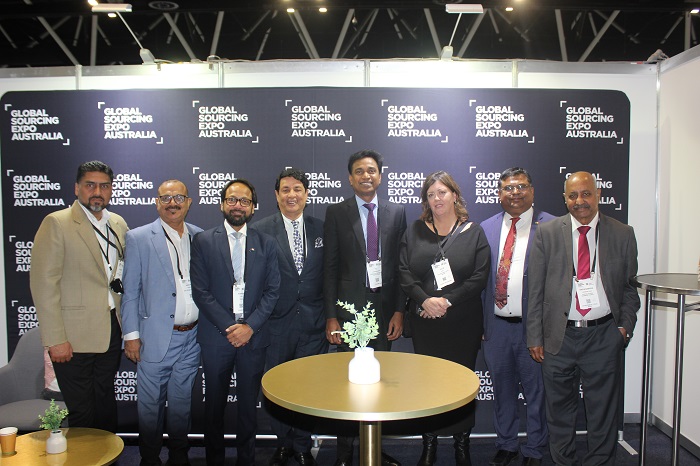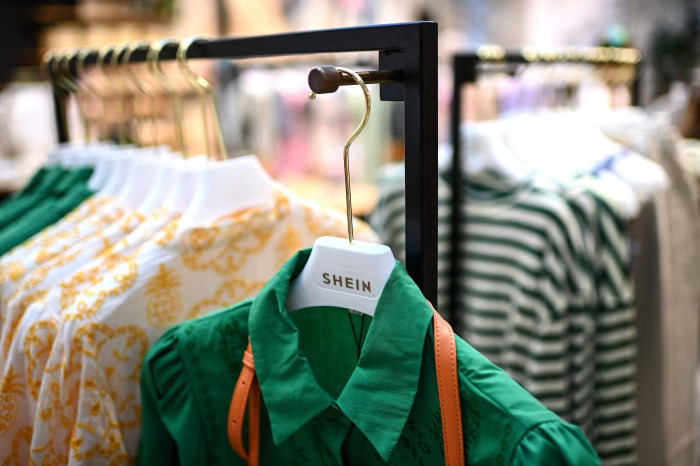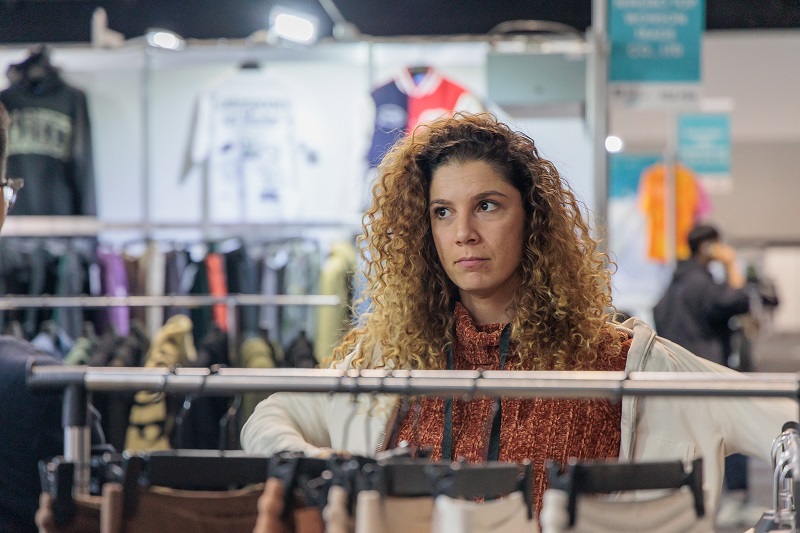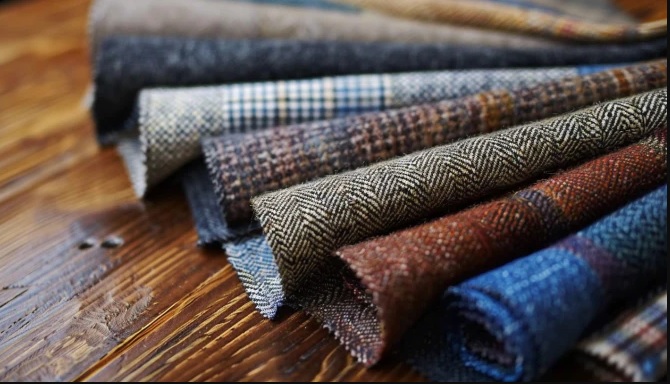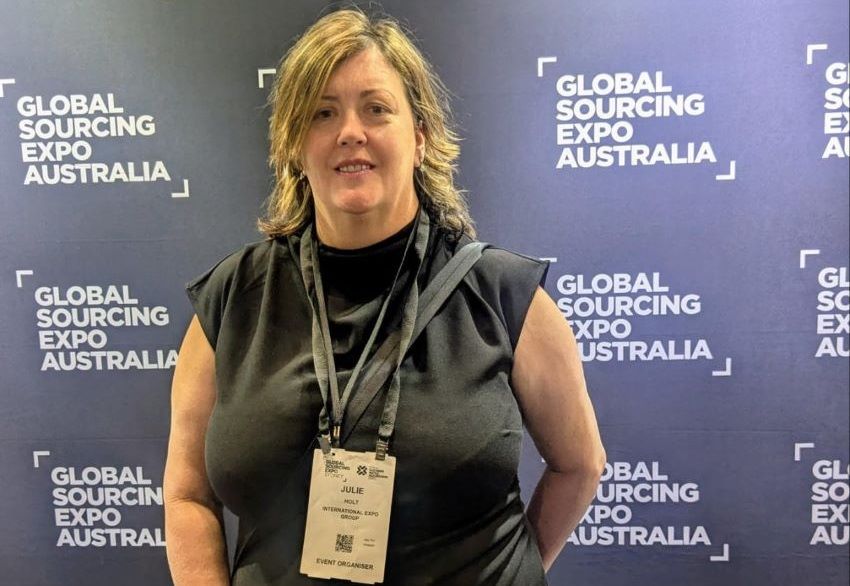FW
Spinners in Pakistan resorted to panic buying to replenish their stocks reacting to rumors that India has deferred cotton exports. Due to the short crop last year, spinners imported around 2.8 million cotton bales from India. The crop is expected to be short this season, too, due to less area under cotton sowing. Some cotton growing belts in Pakistan are under pink bollworm after the recent rains. Many cotton growing areas are also facing a white fly attack.
But arrival of seed cotton, particularly in Punjab region, has improved a lot and around 50,000 to 60,000 bales are reaching ginneries per day. In the coming days, the seed cotton flow is expected to see further improvement. Erratic weather and overreliance on GM seeds has resulted in a catastrophic year for the country’s cotton farmers. Last year the cotton crop was extensively damaged by pest attack.
Pakistan is the fourth largest producer of cotton in the world, and also holds the third largest spinning capacity in Asia after China and India. Thousands of ginning and spinning units produce textile products from cotton. The country is the biggest buyer of Indian cotton. Pakistan usually imports about 12 lakh bales of cotton a year.
With its customers and end-users spread all across the globe, Garware-Wall Ropes (GWRL) is one of India’s leading players in technical textiles. Deploying its expertise in engineering of polymers and its in-depth knowledge of customer needs, the company provides application-focused solutions for various sectors, including deep-sea fishing, aquaculture, shipping, agriculture, sports, infrastructure, defence and transportation.
The company has integrated manufacturing facilities in Pune and Wai where a range of products are manufactured including ropes, nets and aquaculture cages for capturing and breeding fish, nets for sports such as tennis and soccer, insect and shade nets for high-value agriculture, coated fabrics for covers, tarps, tents and products and solutions for water management, waste management and erosion - control applications.
Driven by the mission to provide innovative, application-focused solutions to enhance value of customers globally, Garware has earned the trust of customers across all continents in over 75 countries. End-users of its products include fishermen, shipping companies, oil drillers, agriculturists, packers, transporters, construction companies, municipalities, Government organizations, clubs, universities, manufacturing plants and many others.
Garware has its marketing offices in the US, the UK and Canada improve customer responsiveness in respective time zones and ensures better understanding of local needs. Apart from being a leading player in the domestic market, Garware has a dominant market share in North America and parts of Europe and Australia. It earned Rs 829.20 crores for FY-16 as against Rs 786.60 crores last year. Its domestic sales amounted to Rs 449.04 crores and exports to Rs 380.16 crores for the year. The company’s net profit after tax of Rs 61.88 crores was 43.7 per cent higher than in 2014-15.
Hundreds of textile workers in India’s Tamil Nadu state demanded the first minimum wage increase in the state in more than 12 years. Last July, the Madras High Court ordered a pay hike of up to 30 per cent for hundreds of thousands of garment workers in the state but appeals by manufacturers against the order have left workers in as dilemma, it has been reported.
As per Court ruling, workers would get their pay rise from a monthly average of 4,500 rupees to 6,500 rupees ($68 to $98). This, campaigners say is comparable to wages for textile jobs in most other states. But manufacturers in Tamil Nadu say the hike is too high, putting them at a disadvantage to competitors in other states. Apropos the 1948 Minimum Wages Act, state governments are required to increase the basic minimum wage every five years to protect workers against labour exploitation but textile manufacturers have repeatedly challenged pay rises in Tamil Nadu.
According to S Elizabeth Rani, general secretary of the Garment and Fashion Workers Union, the government must enforce the minimum wage notification at the earliest. While wages have stagnated, the cost of living has kept increasing, she lamented.
After their home market suffered in the first half of this year from Islamist attacks, poor weather and social unrest, French women's ready-to-wear companies will increasingly focus on export markets to boost sales, sector officials have informed. Though known for high-profile luxury houses, France has also generated numerous mid-market fashion brands that are increasingly looking beyond the country for growth and investors.
Pierre-Francois Le Louet, the new chairman of the French Women's Ready-To-Wear Federation (FFPAPF) says ready-to-wear companies were mobilising to expand further in export markets, which are a lifeline in the face of lower consumption at home. The first-half sales of women's ready-to-wear garments fell 2.8 per cent to 4.9 billion euros ($5.5 billion) in France, the steepest decline since the first half of 2013, while exports rose 1.2 per cent to 1.5 billion, the Federation data shows.
However, the Federation, whose members include fashion brands such as Zadig & Voltaire, René Derhy, Zapa, Bérénice, Gérard Darel, Anne Fontaine and Cotélac, did not issue any forecast for the full year. The French ready-to-wear sector which makes 35 per cent of its sales by way of exports has strong ambitions in the United States, its No.2 export destination after Italy. Exports to Italy rose 9.8 per cent in the first half and 5 per cent to the United States. Sales to China, its No.3 export market, however, fell 23.7 per cent during the period. This was due to a slowing economy and a government crackdown on lavish gifting.
Trade in textiles and textile products between Indonesia and France has been growing rapidly. Indonesia’s export value of textiles and textile products to France touched $46.52 million in the first half of this year. In terms of exports, France ranks eighth in the European region and Indonesia's position can be consolidated further, feels Arlinda, Director General of National Export Development (PEN), The Ministry of Commerce (Trade). Arlinda says, the European Union has been trying to stem the flood of Chinese textiles after the end to textile quotas in 2005.
He said France is the center of world fashion and apparel manufacturer of high quality apparels. As per statistics, the export value of Indonesia continues to move North. Hence, the Ministry of Trade needs to promote it further through exhibitions and fairs.
On a worldwide basis, the Textile & Clothing (T&C) industry is a growing industry. Operating in a competitive environment, the EU and Japan are still playing lead roles in developing high technology and quality of fibres and fabrics as well as in creating high value added apparels and fashion. Both the EU and Japan are key export markets for their respective textile and clothing industry. In EU’s case, Japan is the seventh T&C export market reaching almost €1.9 billion. For the Japanese industry, the EU is the 3rd export market reaching almost €0.7 billion.
Euratex, the European Textile and Apparel Confederation, and JTF, Japanese Textile Federation, maintain excellent relationship and complementary activities. The trade structure of T&C between the EU and Japan is complementary. Under those circumstances, both industries believe that a trade deal would expand the trade and investment in T&C between the two parties and promote further business development. It would also build platforms in various types of R&D co-operation, thereby creating new innovations and business opportunities.
Over the last years, both associations have had deep discussions on the way to reach an agreement that would benefit companies mutually. They recently agreed on major issues, as for tariffs elimination and rules of origin. President of Euratex, Piolat emphasized that the European Apparel and Textile Confederation is the political voice of the textile and clothing industry in Europe. And it is the mission of Euratex to create a favourable environment within the European Union for manufacturing of textile and fashion products. The EU textile and clothing industry, including manmade fibres, remains an essential pillar of the local economy across the EU regions.
Year-to-date through July, worldwide imports of clothing into the US have shrunk by 4.98 per cent during the first seven months of 2016. Of the top 10 markets that the US imports garments from, only Vietnam and Bangladesh showed growth in import consignments of 1.83 per cent and 1.12 per cent for the period.
Spending by US consumers declined slightly in July. Americans are increasingly spending less on clothes and home furnishings, a trend that could hurt Vietnam clothing exporters in years to come. Young people are spending more on expenses like rent, mobile phones, and personal services than they were a decade ago. This leaves less money for buying clothes. Other factors blamed for the slowdown are delayed inventory shipments, bad weather.
Overall exports from Vietnam to the US rose 1.83 per cent in the first seven months of 2016. As per estimates the share of clothing exports from Vietnam to the US could jump 10 per cent for the whole of 2016. This is based on the fact that work orders are coming in bulk and for higher value-added apparel items this year. Markets showing a year-on-year drop in imports into the US market for the seven-month period include China, India and Pakistan.
Asia’s leading fashion accessories fair Fashion Access and Cashmere World opened its doors to fashion professionals and buyers looking for special items for their boutique collections for Spring / Summer 2017. The fair will end on September 24 and is being held at the Hong Kong Convention & Exhibition Centre. Organised by APLF with 32 years experience in trade fair management in Asia has united with Fashion Access and Cashmere World in their zest to satisfy brand sourcing and sub-contracted production requirements.
This year the fair has more than 150 exhibitors at the trade fair that are suppliers of fashion accessories, cashmere and fine fibre goods. For direct sourcing purposes, the fair will serve as a boutique fair where brands can be found in the mid to higher price ranges. Besides a large number of exhibitors offer ODM and OEM services for brands and designers wishing to outsource their production.
In this matter, Fashion Access and Cashmere World offers two dimensions of business activity from exhibitors that hail from 20 countries like Bangladesh, Brazil, Cambodia, Cayman islands, China, Colombia, Hong Kong, India, Indonesia, Italy, Korea, Malaysia, Mongolia, Nepal, Pakistan, Singapore, Taiwan, Thailand, UK & the US. Besides functioning as a trade fair, Fashion Access and Cashmere World will offer a series of educational seminars that take place during the fair and in the same venue.
The 28th edition of Collection Première Moscow (CPM) will take place from February 20 to 23, 2017. Though there is still time, but preliminary work on the event has started. Registration documents have been sent out and organisers expect the event to be highly subscribed. The official deadline for registrations is December 1 but this can also be stipulated for an earlier date depending on the provisions governing some national pavilion participations.
With over 45,000 sq. mt. at its disposal, the CPM will again become the international fashion hot spot in Moscow. Alongside participations from Germany, Italy, France, Spain and Turkey there are also many smaller joint stands from Indonesia, Romania, India, Colombia, and Finland, but to name a few Nations. As experience shows, the area occupied rises for the Autumn/Winter season and this is already reflected in the high demand for exhibition space. Following the last event in September last, CPM project director Christian Kasch looks to the future with optimism. He says that the organizers were indeed very satisfied with the way the past CPM concluded. Most of the exhibitors here did take a fair amount of orders and posted high customer footfall in their stands.
For newcomers, finding a matching partner in Russia continues to be key. Here the Igedo Company assists international firms in their search for Russian agencies or distributors. To this end, entrepreneurs can register for free on the Wanted portal of the CPM website (www.cpm-moscow.com) in order to present their brands and make initial contacts.
"H&M, one of the fastest growing, fast fashion brand which with more than 4,000 stores in 62 countries kicked off its campaign for recycling of clothes. The brand which believes in sustainable fashion took back 12,000 tons of clothes to support the recycling of clothes initiative. In a recently launched, star studded high profile campaign the brand announced “There are no rules in fashion but one: Recycle your clothes."

H&M, one of the fastest growing, fast fashion brand which with more than 4,000 stores in 62 countries kicked off its campaign for recycling of clothes. The brand which believes in sustainable fashion took back 12,000 tons of clothes to support the recycling of clothes initiative. In a recently launched, star studded high profile campaign the brand announced “There are no rules in fashion but one: Recycle your clothes."
Brands launch promotions to recycle clothes

With ‘fast fashion’ becoming a environmental concern recycling of clothes seems to be the future mandate. While all global brands are rallying for it, H&M is leading it from the front. The Swedish firm launched a €1 million contest to seek ideas for turning old clothes into new, invested in Worn Again, a company developing textile recycling technology, and now enlisted hip-hop artist MIA to produce a music video called ‘Rewear It’ that aims to "highlight the importance of garment collecting and recycling."
Along with H&M, Nike is also the global partner of the Ellen MacArthur Foundation, which is dedicated to drive a transition to a circular economy — an industrial system in which everything at the end of its life is made into something new, in contrast to today’s economy, where most consumer goods are produced, used and then thrown away. And as Karl-Johan Persson, CEO of H&M explains they have to go from a linear model to a circular model and to do it at scale.
Much like H&M, Nike too has taken sustainable initiatives. Explaining Nike’s ambition to achieve its "moonshot ambition" of cutting its environmental impact by half while doubling its business, Hannah Jones, the company’s chief sustainability officer says incrementalism and efficiency measures will not get them there. Similarly, Anna Gedda, H&M’s head of sustainability reveals that the company needs to decouple growth from resource use, so that economic and social development can happen, but within planetary boundaries. In fact. not just H&M, almost all major global brands including American Eagle Outfitters, Eileen Fisher, Levi-Strauss & Co, Nike, the North Face, Patagonia and Zara collect their old merchandise. Clothing designer Eileen Fisher has called her industry 'the second largest polluter in the world, second only to oil.
Though H&M is the front runner in promoting recycling of clothes the company has been facing controversy as its low-cost range of clothes (women’s T-shirts for $5.99 and boys’ jeans for $9.99) is believed to be one of the major reason why apparel industry is growing so fast .The global apparel industry generates an estimated $2.5 trillion annual revenue and that it will double in the next decade. Adding to the concern efforts to collect old clothes by retailers and nonprofits such as Goodwill Industries, the overwhelming majority of items eventually wind up in landfills, at least in the US. Americans dispose of about 12.8 million tons of textiles annually, which amounts to about 80 pounds for each man, woman and child reveals the US Environmental Protection Agency. Also increased use of cotton, the most used fabric in fashion use up a lot of natural resources and agricultural chemicals increasing the industry’s environmental hazard. In spite of the tactical measures taken up by the major players, the industry needs to undertake more radical action together if it wants to balance sustainability.


